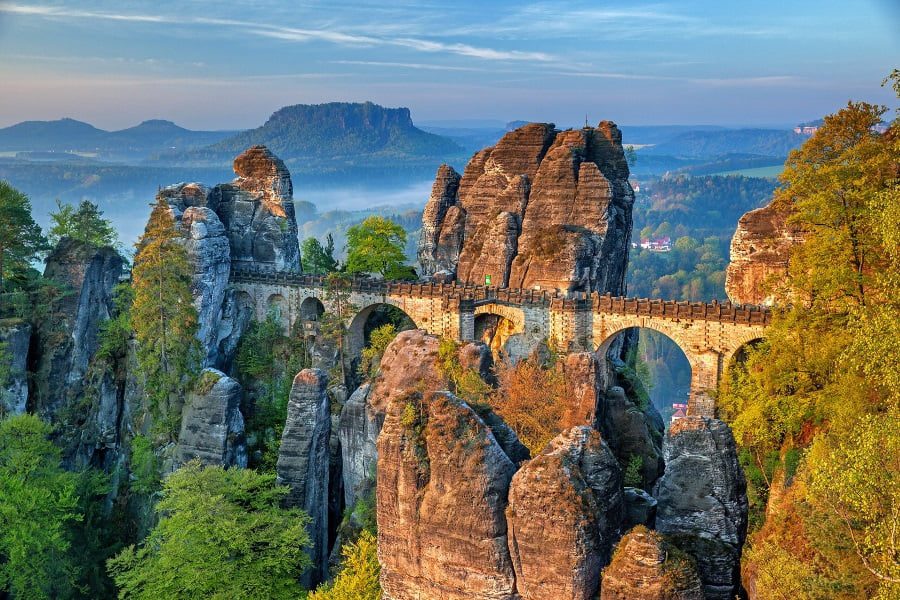The Saxon Switzerland National Park is located near Dresden, practically on the border of the Czech Republic and Germany. The Elbe River flows here. Visitors can come for various reasons: to admire the beautiful views, walk along forest trails, take photographs, or visit ancient castles, look at their walls, towers, deep wells, visit museums, and charming restaurants. But if you have the time, it is best to combine both options.
History
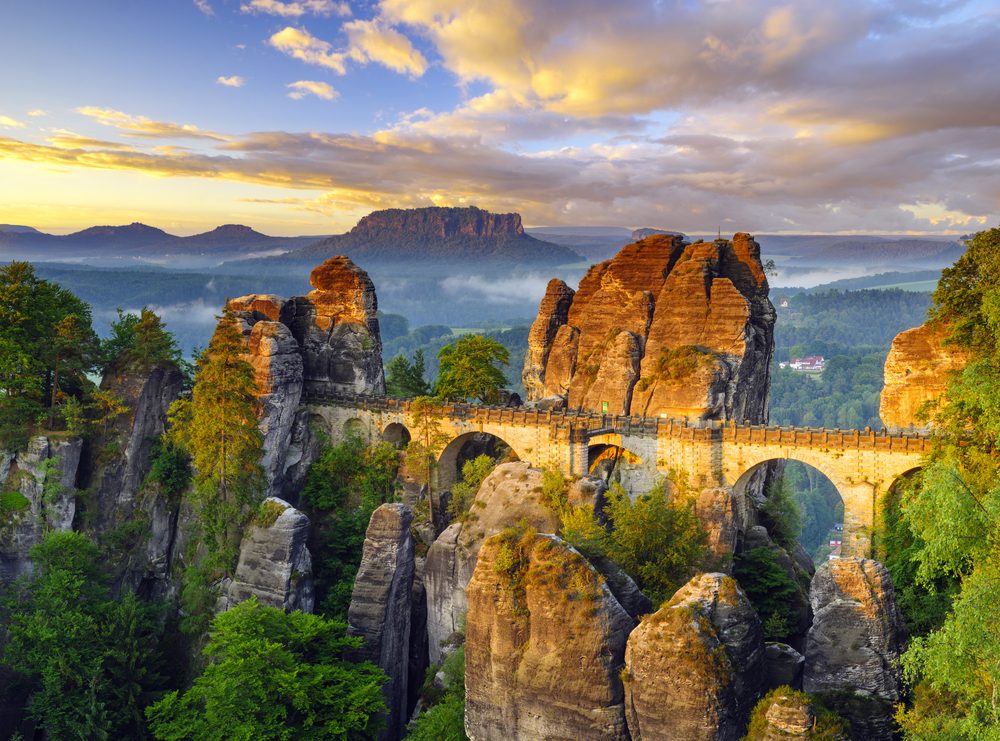
People have long appreciated this beautiful place. However, in the late 19th century, it faced a real threat. Sand quarries appeared in the area, and railway construction was underway. The landscape could have been irreparably damaged. Fortunately, this did not happen. In 1850, the area became a nature reserve, and in the following decades, actions continued to protect the region. Sandstone quarrying, which would have destroyed the rocks, was banned here.
In the early 20th century, a society was organized with the goal of protecting Saxon Switzerland. One by one, the lands here began to receive the status of reserves. The national park itself was established in 1956, and over the next 30 years, it expanded its boundaries. In 1990, it was transferred to the management of the German government.
Why Switzerland
Today, the park covers an area of 93 km². These lands can be called some of the most beautiful in Germany. Mountains and rivers, forests and parks, the cleanest air, numerous attractions, both historical and natural, make Saxon Switzerland attractive to tourists from around the world. But why was this area given such a name? It was coined by Swiss artists who taught in Dresden at the Academy of Arts. The landscape reminded them of their homeland, so they named it accordingly. Since then, the area has been known by this name.
What to See
The park is huge, so it is best to set aside several days to explore all its wonders. Otherwise, you risk missing a lot. For example, the “Painter’s Path” stretches for 112 km, and along the way, you can see many interesting sights, including world-famous historical landmarks. Don’t forget comfortable clothing and shoes.
Bastei

Typically, everyone visits Bastei. It is simply unmissable. This is an entire mountain range with picturesque cliffs reaching almost 200 meters in height. They rise above the Elbe River, and the viewpoint offers a stunning view of the national park. Bastei is also the name of a bridge, 75 meters long, consisting of seven arch spans. The bridge was once wooden but is now made of stone.
Königstein Fortress
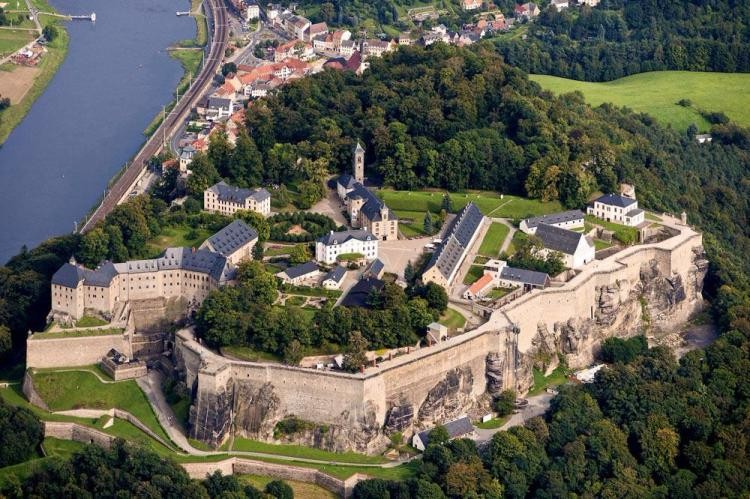
The fortress is located next to the town of the same name. Here, you can see about fifty ancient buildings, as well as a well over 150 meters deep. Entry is free, but there is a museum, and you can book a tour to learn about the fortress’s history. There is also an excellent restaurant and souvenir shops. The fortress’s history is remarkable. It was first mentioned in documents from the 13th century and once played an important military role.
From the fortress, one could control the banks of the Elbe. Later, it became a monastery, but the monastery did not last long. In the 18th century, the alchemist Böttger, who discovered the method of making European porcelain — hence the famous Meissen porcelain — was imprisoned here. When an uprising occurred in Dresden in 1849, the Saxon royal family took refuge in the fortress. Later, it housed prisoners for a long time. During World War II, paintings from the world-famous Dresden Gallery were hidden in the fortress.
Lichtenhain Waterfall
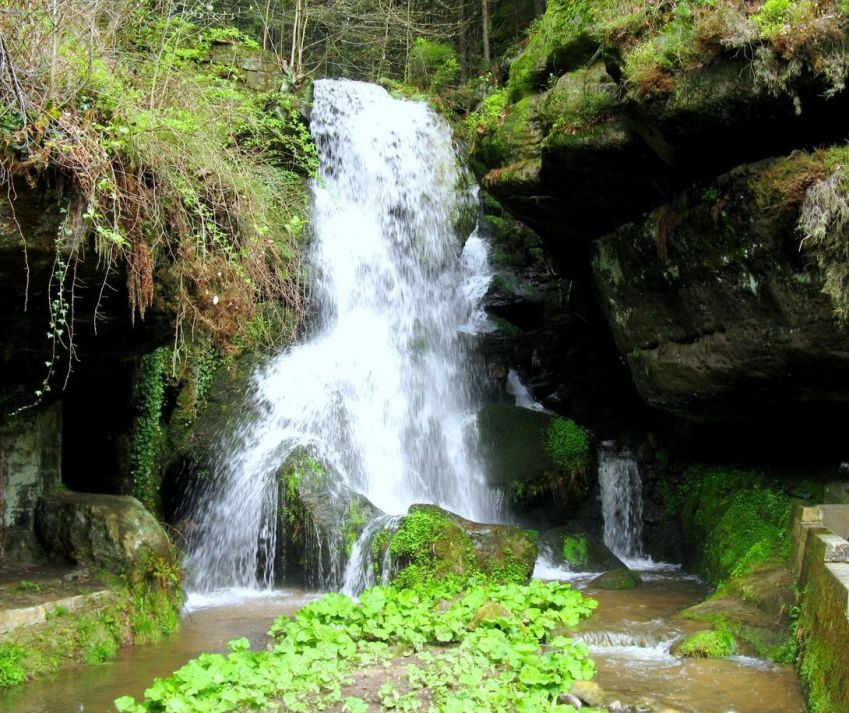
The waterfall has been mentioned in sources since the early 19th century and is now a constant attraction for tourists. It was once very small and not very popular. Then it was dammed. In the mid-1990s, the dam was repaired, and now water is released every half hour to music. It is worth noting that many tourist trails start from this waterfall. For example, the path to Kuhstall, which takes about half an hour if you start from here.
Kuhstall
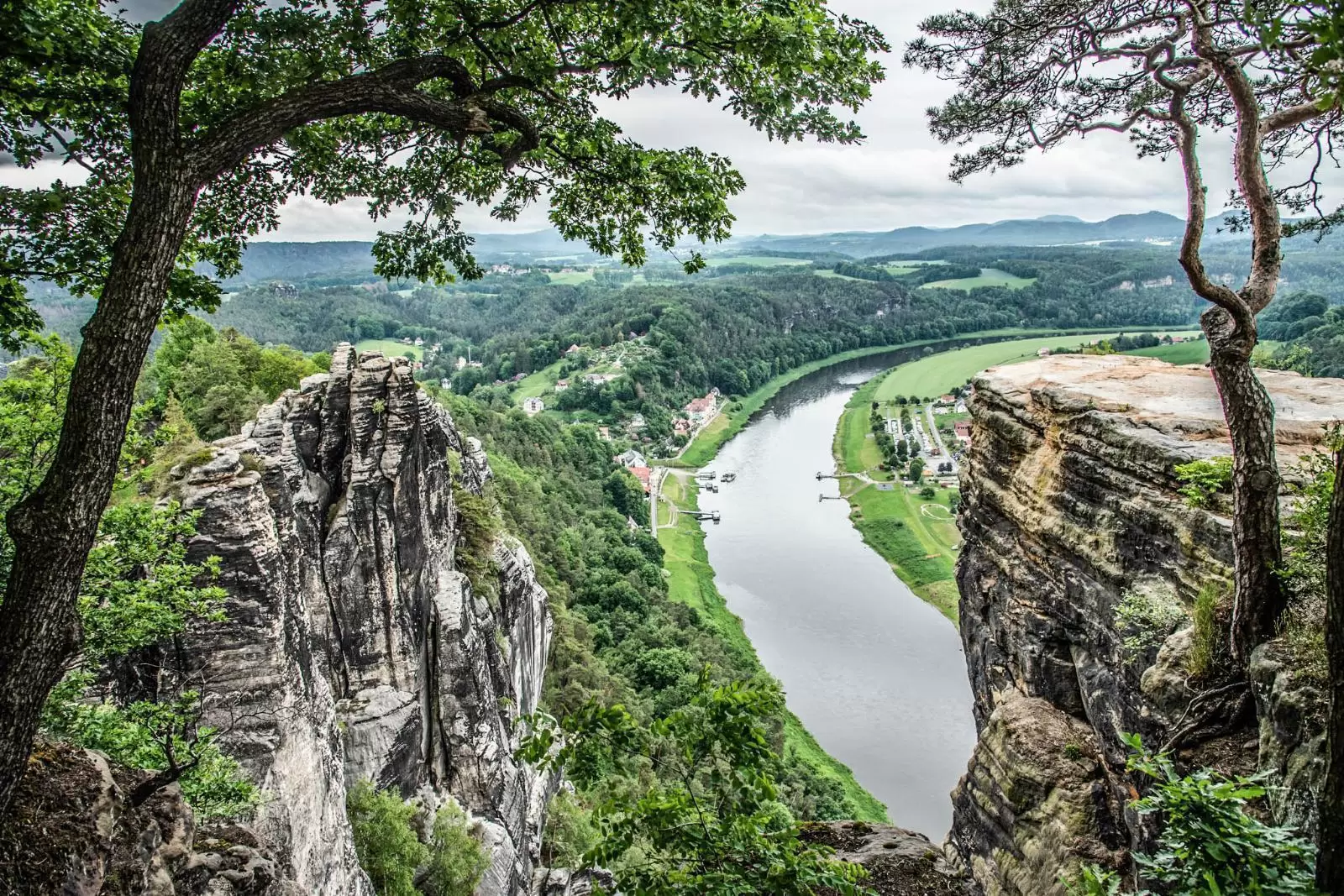
In German, “Kuhstall” translates to “cowshed.” However, you won’t find cows here. Kuhstall is actually a rock archway. It is quite narrow, over 10 meters high, and 16 meters wide. It leads to a viewpoint where you can enjoy views of Saxon Switzerland from a height of 337 meters. So why the name? In ancient times, cows were hidden behind the archway from Swedish soldiers. Of course, there is a restaurant here where travelers can sit and have a meal.
Stolpen Fortress
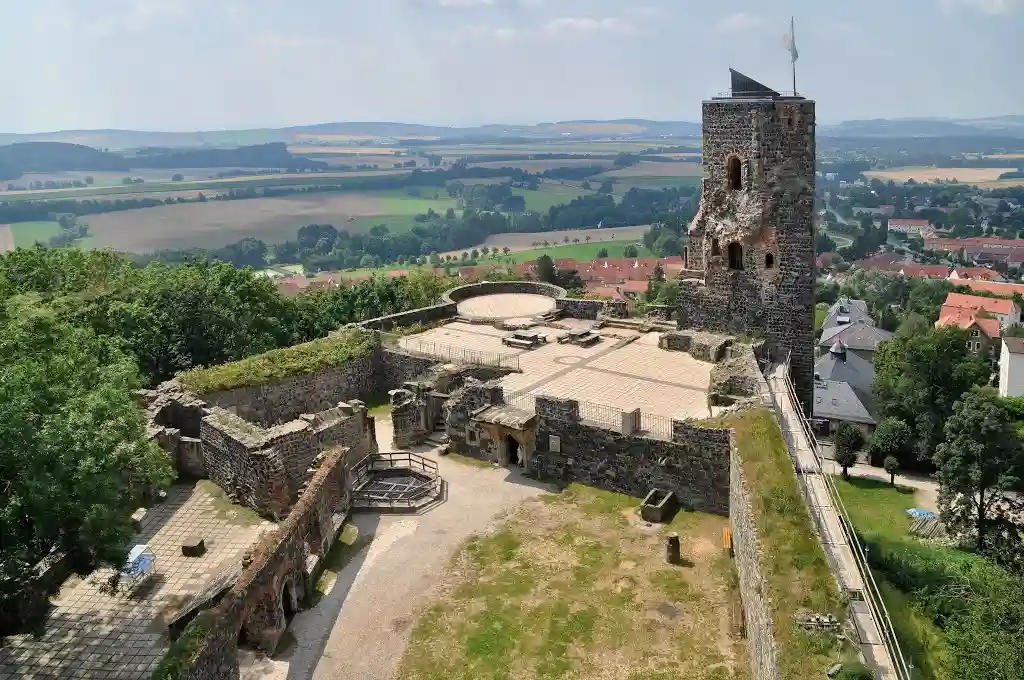
The first fortifications appeared here in the 12th century at the convergence of important trade routes. The fortress took its final form in the mid-15th century. Today, it is located within the national park. Its name comes from a natural wonder – giant stone pillars of volcanic origin. In ancient times, lava solidified into these picturesque forms.
Initially, Serbs lived in Stolpen, and for several centuries, the fortress was the residence of bishops. One of the towers housed a kitchen and even a clinic where medicinal herbs were used for healing. However, when the tower was destroyed by fire and a subsequent hurricane, it was not rebuilt. Another round tower was of great importance, as the bastions began from it.
In the 16th century, the fortress was bought from the bishops and became the property of the Saxon Elector Augustus. Over time, it housed a military garrison, a fire department, and a prison. The most interesting feature here is the well drilled into basalt, an extraordinarily hard rock. The well is over 80 meters deep and was drilled over several years by heating the basalt with fires and then cooling it with water to crack the rock. The process was very costly, making the well extremely expensive.
Rathen Rock Theater
This is an open-air theater in the park near the town of Rathen, built at the request of the residents. For a long time, performances based on the works of Karl May, famous for his stories about the Native American chief Winnetou, were very popular. Nowadays, up to 90 performances can be seen here during the warm season. Up to 2,000 spectators can enjoy the shows simultaneously. In addition to westerns, operas and children’s performances are also staged here.
Guided tours
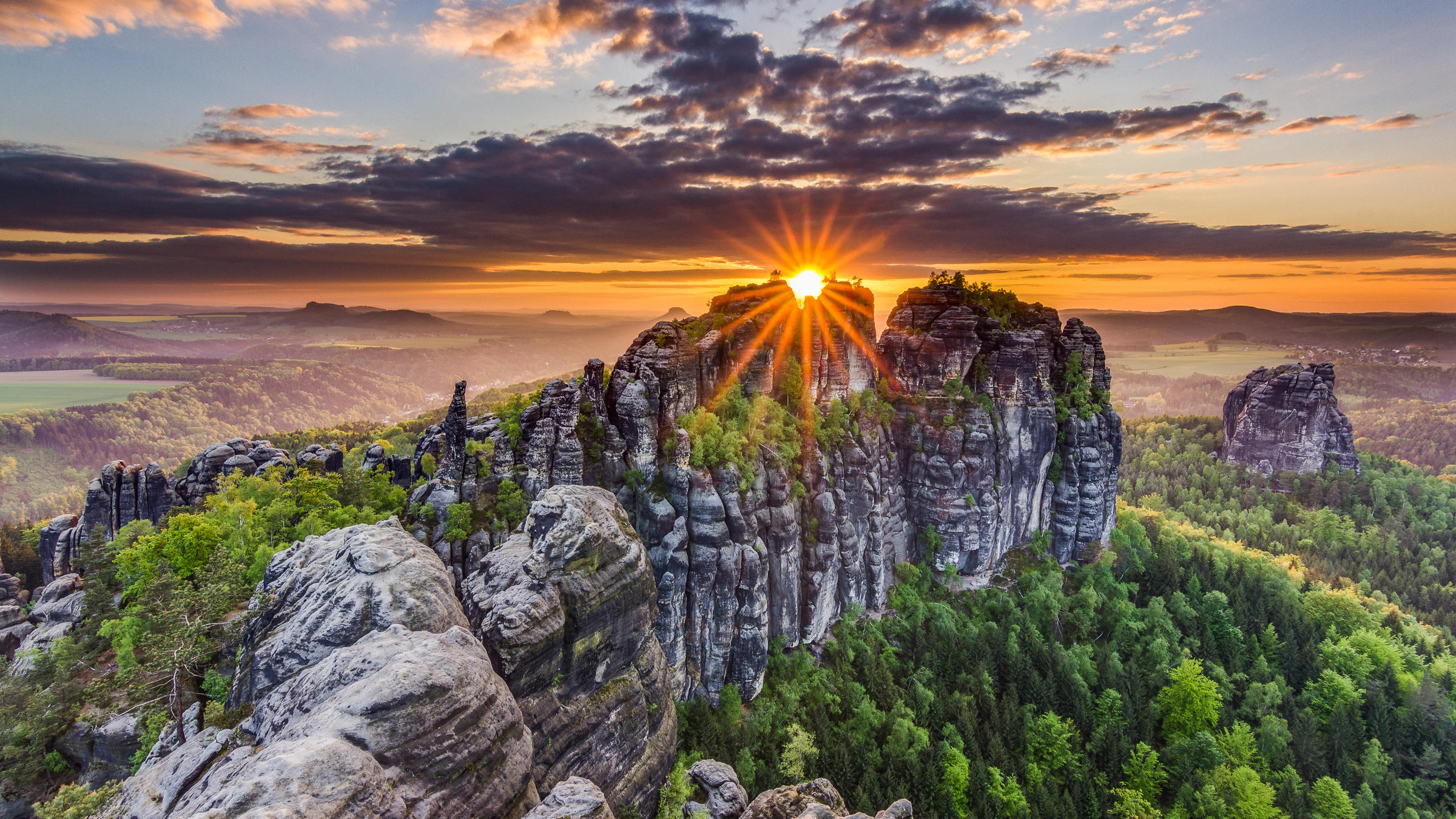
To see the most interesting places, it is worth booking an organized excursion. For example, “From Prague to Saxon Switzerland. Along the Painter’s Path.” You will visit the Bastei Gorge, admire the sheer cliffs, and walk across the famous stone bridge. You will see sculptures created by nature itself – wind and precipitation have shaped the rocks. You will travel along the “Painter’s Path.” Note that in some places, the path winds along the edge of a cliff. However, the views from here are stunning. No wonder painters and photographers linger here.
Do you want to uncover the secrets of castles and fortresses? Then this excursion is for you. You will get to know Königstein Fortress in detail, once considered impregnable. You will hear the story of how Meissen porcelain came to be, and admire the places that were once appreciated by Russian Emperor Peter I. Approaching Stolpen Fortress, you will learn about the stories of famous state criminals. For example, several bishops and the favorite of King Augustus the Strong, Countess von Cosel, were imprisoned here. The Neurathen Castle was once a hideout for robbers.
Note that you can take this excursion if you are in Prague. The program includes free time for you to explore Saxon Switzerland on your own. Another very interesting excursion is called “The Magical Power of the Elements.” It must be said that nature has fully manifested itself here: in ancient times, water splashed here, which later receded, exposing sandstone slabs.
Since then, various events have occurred – volcanic eruptions, severe rainstorms, powerful hurricanes. As a result, the mountains and cliffs have taken on an unusual poetic appearance – many of them resemble real sculptures. The local nature inspired composer Richard Wagner and the great storyteller Hans Christian Andersen to create new works. During this excursion, you will visit Stolpen Fortress and take wonderful photos on the Bastei Bridge.
Opening Hours and Ticket Prices
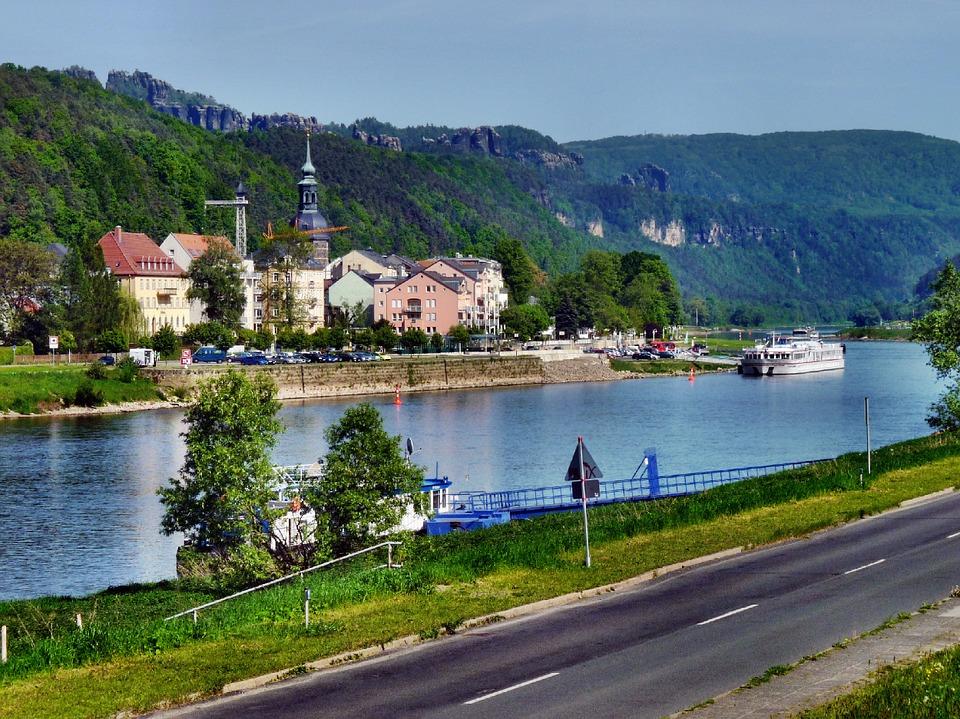
When coming to enjoy Saxon Switzerland, be prepared to pay for visiting certain sites. To view the Neurathen Rock Castle, of which only the foundation remains, adults need to pay 2 euros, and children 1 euro. If you arrive when the ticket office is closed, you can place the money in a special box. Visiting Königstein costs: 10 euros in summer and 8 euros in winter. If you are a student or retiree, the cost is lower: 7 euros in summer and 6 in winter. Additionally, you can rent an audio guide for 3 euros.
From April to October, the fortress is open from 9 a.m. to 6 p.m., and from November to March: from 9 a.m. to 5 p.m. The entrance fee for Stolpen is 6 euros, and for those eligible for discounts – 3 euros. Children under 5 years old enter for free. In the warm season, from April to October, Stolpen is open from 10 a.m. to 6 p.m., and during the rest of the year: from 10 a.m. to 4 p.m.
Best Time to Visit
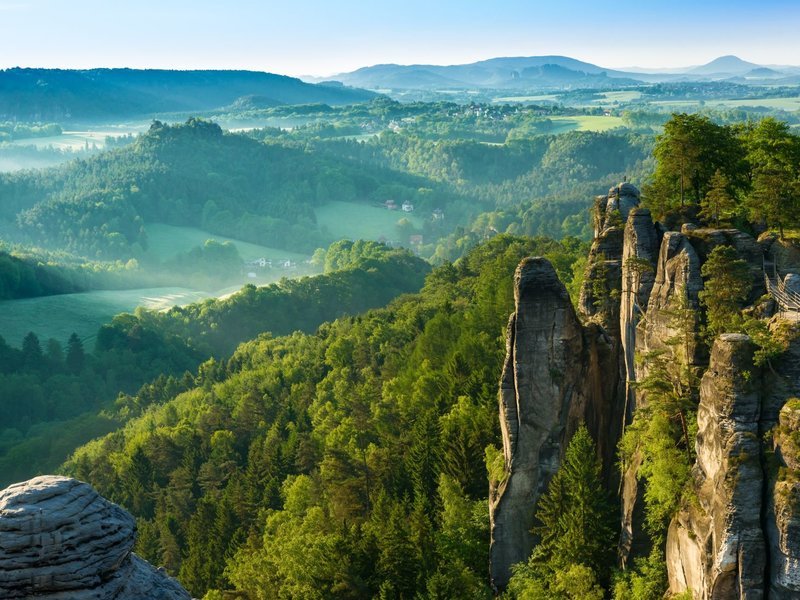
According to experienced tourists, the best time to visit Saxon Switzerland is in summer or autumn. Winter can be a pleasant time, but there are no guarantees – the weather might not cooperate. For example, a heavy snowfall might prevent you from seeing everything you planned. Plus, the daylight hours are short. Spring sees the most visitors, which means queues in museums, crowds at viewpoints, and no free tables in restaurants. Spring nature is beautiful, with everything blooming, but if you want to fully enjoy this wonderful region, it is best to visit in August or September.
Location and How to Get There
The most convenient starting points for a trip to Saxon Switzerland are Prague or Dresden. The national park is closest to these two cities. If you are traveling from Prague, take the Ec train from the main station. The train runs to these areas three times a day. The journey to Bad Schandau station takes a little less than two hours. From there, take a taxi to the park itself. From Dresden, you can also take a train to the same Bad Schandau station and then switch to a taxi. The most convenient route is to drive your car from Prague on the E55 highway. Two hours, and you’re there.
Believe me, Saxon Switzerland will enchant you.

